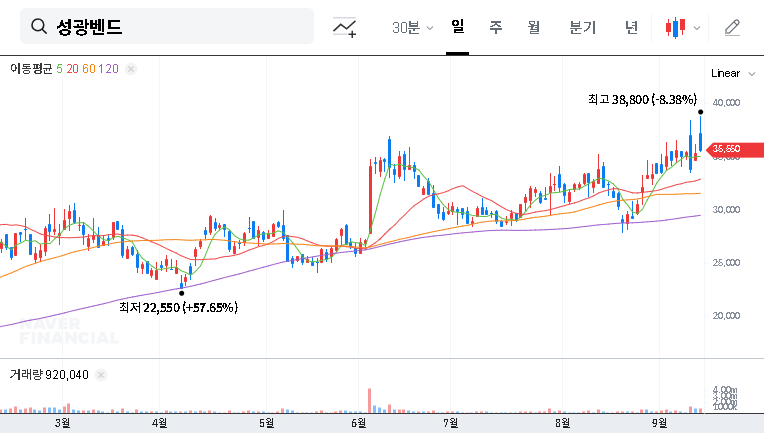
What’s Happening with Sungkwang Bend?
Sungkwang Bend recorded sales of KRW 121.8 billion (a 1.9% decrease year-on-year), operating profit of KRW 21.5 billion (a 48.7% decrease), and net income of KRW 15.6 billion (a 62.5% decrease) in the first half of 2025. The global economic slowdown and increased cost burdens are considered the main factors.
Reasons Behind the Decline and Future Outlook
Despite the decline in performance due to external factors, Sungkwang Bend suggests future growth potential based on its solid order backlog, especially consistent orders from overseas markets. Positive factors also exist, such as prolonged high oil prices, strengthened environmental regulations, and robust demand in the shipbuilding/marine and power generation sectors. The weak Korean Won can be advantageous for Sungkwang Bend as an exporting company.
What Should Investors Do?
- Key IR Checkpoints: Closely examine cost management measures, overseas market expansion strategies, and concrete performance and profitability improvement plans for the solar power business.
- Investment Strategy: It is crucial to make investment decisions based on a comprehensive assessment of the likelihood of earnings improvement, overseas business expansion strategies, and profitability of new businesses based on the IR content.
Frequently Asked Questions
What is Sungkwang Bend’s main business?
Sungkwang Bend’s main business is manufacturing metal pipe fittings for petrochemicals, shipbuilding/marine, and power plants.
Why were Q2 earnings weak?
The global economic slowdown and increased cost burdens are the main causes. However, the solid order backlog and competitiveness in overseas markets are positive factors.
What is the outlook for Sungkwang Bend?
Prolonged high oil prices, strengthened environmental regulations, and robust demand in the shipbuilding/marine and power generation sectors are positive factors. Cost management measures and overseas market expansion strategies, which will be presented at the IR, will be key to future earnings improvement.

